|
Content Guidance: This book contains fatphobia and an open-door sex scene that includes coercion; therefore, this review includes discussions regarding the treatment of those issues, including quotes. This book review also contains spoilers.
I picked up this book because it was inspired by Emma. Emma is my favorite book and I reread it about once a year, so I was excited to read a contemporary romance in which we get an open-door scene between Emma and Mr. Knightley. Unfortunately, my experience reading it did not meet my expectations.
Hart did a disservice in marketing Wasted Words as inspired by Emma. While I saw some parallels, the emotional core of Austen’s masterpiece is stripped away and replaced by classic 90s teen romcom tropes; but all the characters in Wasted Words are in their midtwenties, so it feels disjointed. I see more parallels with Clueless, Never Been Kissed, and 10 Things I Hate About You than Emma. Wasted Word’s version of Emma’s character, Cam, is at the core of the book’s issues because while we get Tyler’s point-of-view, it’s Cam’s worldview that drives the book. At the beginning of the book, Cam, the Emma character, is still a cocky matchmaker who claims she doesn’t want a match for herself—but all her reasoning for this is based on a core high school memory of a popular boy having sex with her and then going back to his popular girlfriend the next day because Cam isn’t cool enough. Even though there is nearly a decade between this event and the beginning of Wasted Words, during which Cam has had other relationships and sexual partners, she is still so insecure about it that she classifies everyone based on who they were in school: geeks only pair with geeks, jocks only pair with jocks. This type of classification worked in Clueless because they’re high school kids, but it does not translate well with a woman in her midtwenties living in NYC. With that setting alone, there were so many hierarchies to explore, and I wish the classism present in Emma (which is cultural and systemic, not just Emma’s) could’ve been translated through Cam in a way that was more appropriate for the setting and characters of Wasted Words. I think Cam’s insecure bibliophile characterization is Hart’s attempt to make the Emma character more “likable,” but it doesn’t sit well with me, and not just because Emma doesn’t like reading and Cam is a bit fatphobic (“And of all the women in Wasted Words dressed in spandex, she was the only one who didn’t have an errant lump or bump – just the soft, sultry curve of her breaks to her hips.” Page 74). Emma is an incredibly complex character who is secure and vain, and she is experiencing loneliness for the first time because her best friend and surrogate mother moved out. Her journey is about her world expanding and learning what healthy and unhealthy friendships look like. We lost most of this journey with Cam, which removes the buildup to the bowling scene (Box Hill) and makes Cam’s final fight about Bayleigh (Harriet) and Martin (Mr. Martin) unwarranted and melodramatic. (I did like how Bayleigh calls Cam out on her meddling and treatment of Martin, though.) Wasted Words is focused on the romance between Cam and Tyler. The dynamics of their friendship as roommates are lovely: they make each other food, watch college football every Saturday, and listen to each other—all while checking each other out. It was frustrating that the first one-hundred pages are filled with Cam and Tyler expressing attraction and emotion for each other but never saying it out loud. And then, when they finally get together, it’s not a healthy dynamic because of Cam’s continual insecurity about their different “shelves.” When they finally have sex, Cam is trying to break up with Tyler and Tyler uses her physical desire for him to make her promise to choose him and leave her insecurities behind. Yeah … So, by the time the third-act breakup happens, I no longer believed in this relationship. Cam’s revelations come too easily, and her grand gesture at the end (see: Heath Ledger in the bleachers) felt forced. In the end, their romance is unhealthy and they’re better off breaking up and working on themselves. Which is not what I expected to say after reading a romance inspired by Emma and Mr. Knightley.
0 Comments
What you're in for
The StatisticsMany authors don’t readily reveal this information, and as an author navigating writing and revising (and really, the publishing world), this is something I'd like to know. Maybe my mind is more analytical than others.
October 31, 2022 –November 6, 2022 I read through the fundamental questions in Intuitive Editing and created a character profile spreadsheet in my excel revision workbook. I completed the fundamental questions for Sophie and found at least 5 revisions to make, mostly in the first act. Then, I outlined Sophie’s character arc using K.M. Weiland’s Creating Character Arcs. Underneath the character arc, I included a section to review her enneagram arc, which will help me determine whether the beat shows growth or stress. I also reviewed the Character week for Slow Novel Lab and completed some exercises within the lecture. I put all my revision tasks in a separate spreadsheet and labeled them by type of macroedit, character/stakes/plot name, changes to make, scenes affect, what to change in each scene, and a spot to mark the revision complete. November 6, 2022 I went through the 30 revisions I identified through my character arc/fundamental questions analysis, filled out all the scenes affected, and what needs to be changed in each scene. Overall, there are about 50 tasks to complete the revisions. Then I labeled and color-coded them into tiers:
November 7, 2022 – November 13, 2022 I worked through all fifty tasks and added a few more revision tasks to my list that involve plot or other character revisions so that I didn’t forget them. My goal was to complete them on November 11, 2022, but I managed to finish them over the weekend. What I learned
Sophie’s character arc stakes were not personal enough at the beginning, so when I raised the stakes after the inciting incident, it didn’t hit right. Her ghost needed to be clearer as well—she needed more than feeling insecure to explain away her resistance to pursuing music as a career, something she so obviously wants. Her reasons for that were in the book, just not clear at the beginning. I also needed to make her first act of agency happen more quickly. She has a dual point-of-no-returns, and I had one happening far too late in the book. Basically, this book needs condensing. I have a feeling it's going to get messier, then suddenly, will be a clear picture. What I'm doing next
So, I’ve decided to evaluate the stakes and plots for the main external plot first. I’ll start by re-reading the chapter for stakes in Intuitive Editing, use it to evaluate the stakes as they are now, and then move on to the plot macroedits.
Now to figure out why my Scrivener won’t pull all my scene synopses when I compile them into an outline. Why did they make a writer’s software so techy? What you're in for
Why I am doing this
The original version of the book was called The Curses of Being a Side Dish, and it was completed in 2012, queried, and then drawered until 2017 when I started writing again. I rewrote what I had, wrote new material, got feedback on my synopsis from an editor through SCBWI, rewrote it again, sent it out to betas, revised based on that feedback, and started querying in 2021. I know I tried different revision advice and practices I gathered from podcasts, books, webinars, and seminars, but I didn’t document anything. I do know that I had a hard time wrapping my head around the advice I received. The advice felt vague and opaque, and I had a hard time creating actionable tasks from it. Anyway, when I went to revise Girls to the Front, I had no idea what worked for me. Luckily, my writing group inspired me to keep a writing journal this time around. My hope with this revision blog is to be transparent about what I do and learn through this revision so that I and other authors may find a revision process that works for them. So here’s your official welcome to the Girls to the Front revision blog. The statisticsMany authors don’t readily reveal this information, and as an author navigating writing and revising (and really, the publishing world), this is something I'd like to know. Maybe my mind is more analytical than others.
August 1, 2022 – October 25, 2022 I worked within Scrivener and excel to revise Girls to the Front. I started struggling with the outline and arrangement of scenes and chapters around Chapter 14. Around chapter 19, I started feeling like the pacing was off, and it bugged me enough that I create spreadsheets to start tracking topics, themes, and character appearances, chapter word counts, scene word counts, and scene counts per chapter. On October 22, 2022, I started to forego revision altogether and just complete tracking the charts. I also wrote a synopsis for each scene on the little notecards in Scrivener, which I compiled into an outline. What I learned
So, I got easily distracted and this way to rework the plot broke down pretty fast. This may be a better pre-first-draft exercise for me. I have no idea what to do about my charts that tracked themes, characters, misc. topics, and word and scene counts. I think this will be revealed as work later.
One last note...Content Guidance: This book contains grooming, on-page SA, and religious trauma related to purity culture and the patriarchy, and therefore this review includes discussion regarding the treatment of those issues.
I'm going to preface this review by saying this book is important. As someone from a similar background, I found the confusion and tension Emma feels throughout her sexual awakening and exploration relatable and portrayed well. Emma was raised to believe that her body was not her own and in order to be good, she had to deny her very natural feelings and bodily functions. So her choice to deconstruct those beliefs and search for a healthier relationship with her body, sexuality, and feelings is something I loved to see on the page, and I'd love to see more books explore this. Generally, I loved the relationship dynamics in this book. They interweave and overlap in a way that is very high school. Tanner and Emma's romance is fast-paced and intense; Emma's friendships are loving and challenging; and Emma's changing relationship with her dad is frustratingly understandable. C.L Walters created complex characters with complex relationships, and the way the changing relationships challenge Tanner and Emma's beliefs and romance is the star of this book. However, this book felt about 150 pages too long. I think Walters fell into the trap of wanting to tell all the stories in one book (a trap I know all too well). As a result, several side plots and backstories felt tagged on rather than integral to the story. Unfortunately, this includes the sexual assault and grooming backstories. I know from the author's note at the end of the book that Emma's #metoo backstory and her consequent struggle with her self-worth due to her religious background were especially important to Walters, and while I agree it's an important story to tell, it felt like it should've been part of a different story or novel. Emma's purity culture upbringing was enough for me to believe she would struggle with her desire for Tanner. This is the same with Tanner's grooming backstory. While I agree it's important to show that all people can be grooming and sexual assault victims, it didn't feel essential to Tanner's story in this book. I think it would've been better represented with a different character and a different story. Finally, the Tanner's-favorite-book subplot didn't feel essential to the story, and I didn't understand the excerpts throughout. I loved the scene where Tanner and Emma are reading it together, but I don't think Tanner's secret bookishness added any actual depth to his character or story. It could've been removed without harming their love story or the friendship and family subplots. Since these stories felt more tagged on than essential, they distracted from Emma and Tanner's emotional journeys, which involve learning that their self-worth comes from, well, within. And while the underlying lesson is the same, each comes to the lesson differently and separately. I'm a sucker for a love story where fulfillment is NOT found in the romance, and Walters delivers. But Emma's journey to learn this was a little more frustrating than Tanner's. While I understand it may have been more difficult for her due to evangelical theology ingrained in her, I think the book's length detracted from her journey and character in the end. That being said, I would recommend this book to those interested in purity culture representation and those who love sex-positive non-HEA love stories. If you enjoy Katie Cotugno's 99 Days, Erin Hahn's Never Saw You Coming, and open-door sex scenes, you'll enjoy this book. You can buy The Story Stars Tell on Amazon (Amazon affiliate link) and learn more about C.L. Walters at https://www.mixedplatepress.com/ . This review was originally posted on my editing website, itssarahhawkins.com, on March 12, 2022
|
AuthorSarah Hawkins is a geek for the written word. She's an author and freelance editor who seeks to promote and uplift the authors around her. ArchivesCategories
All
|

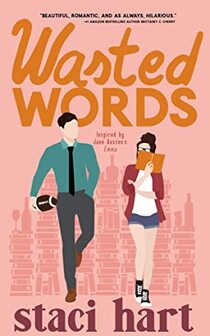

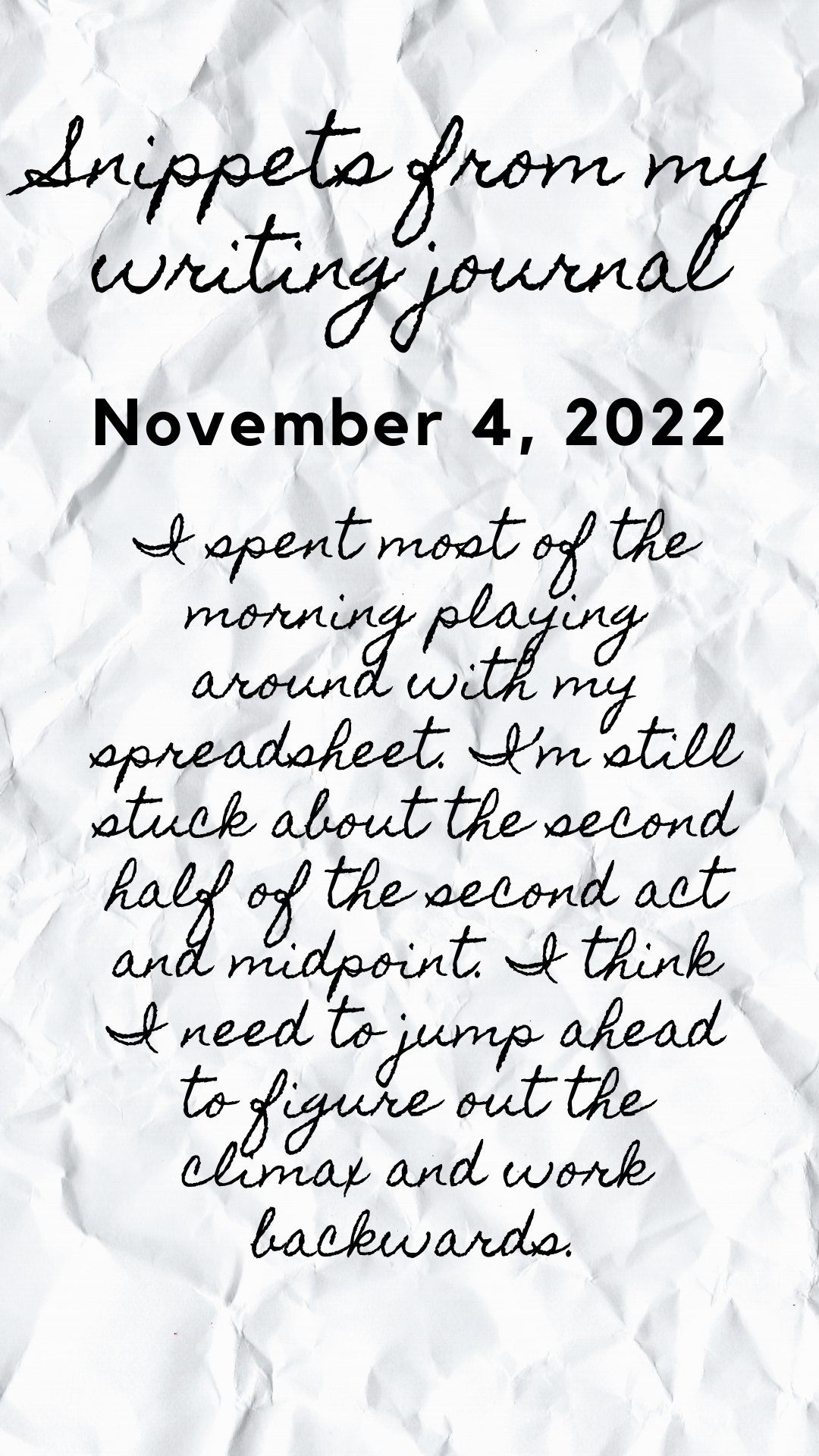
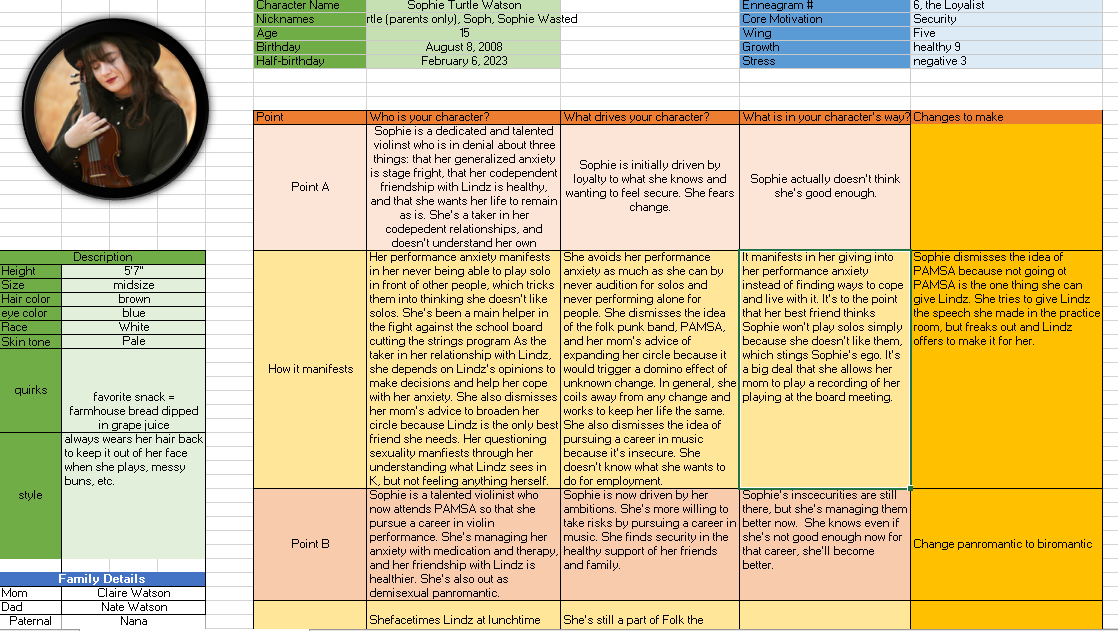
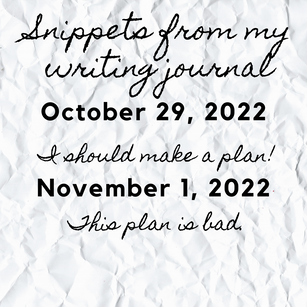
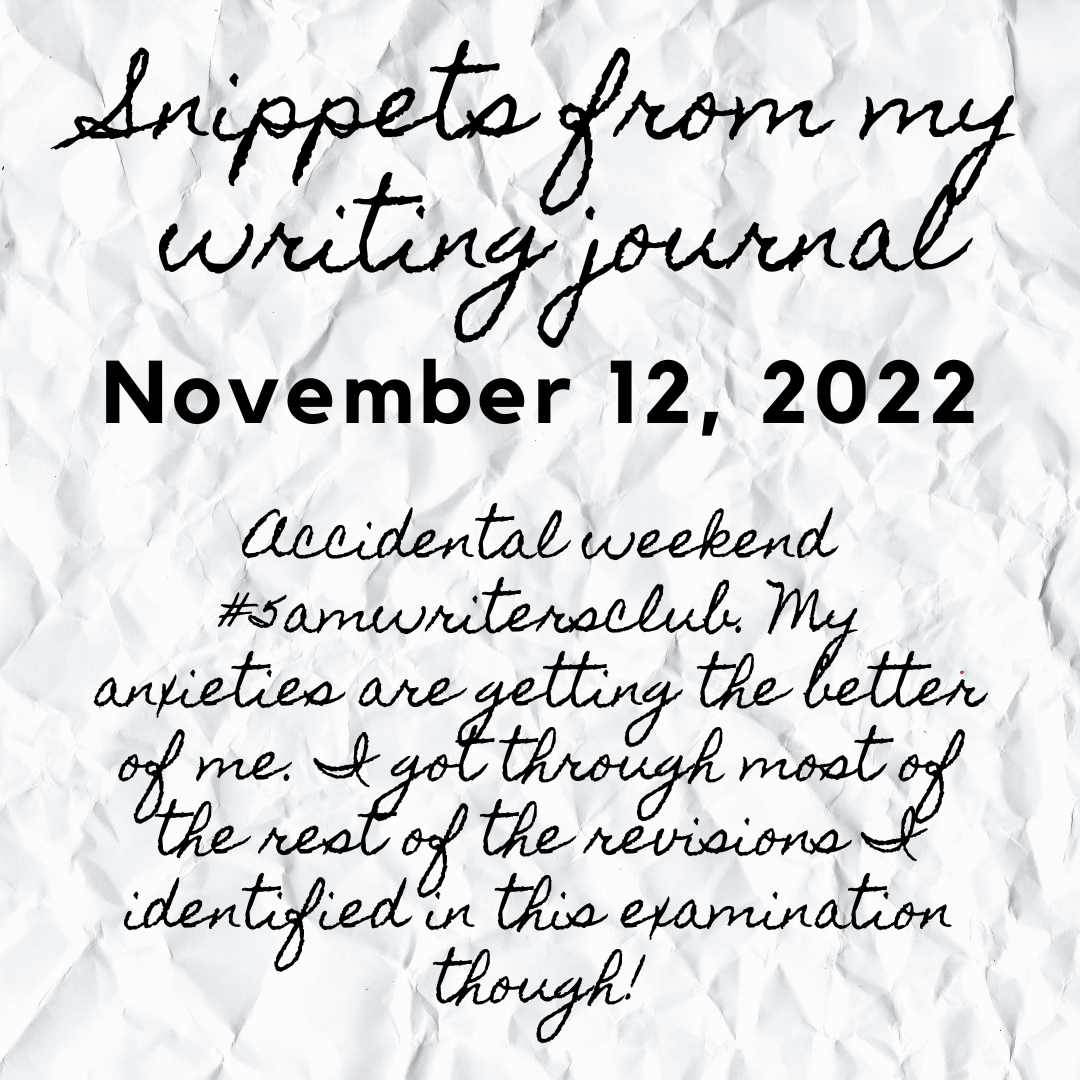
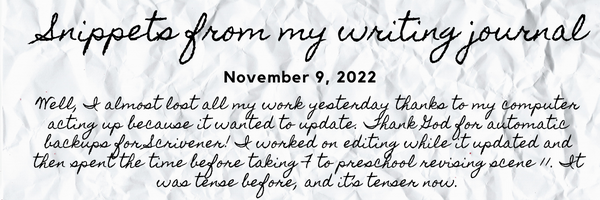
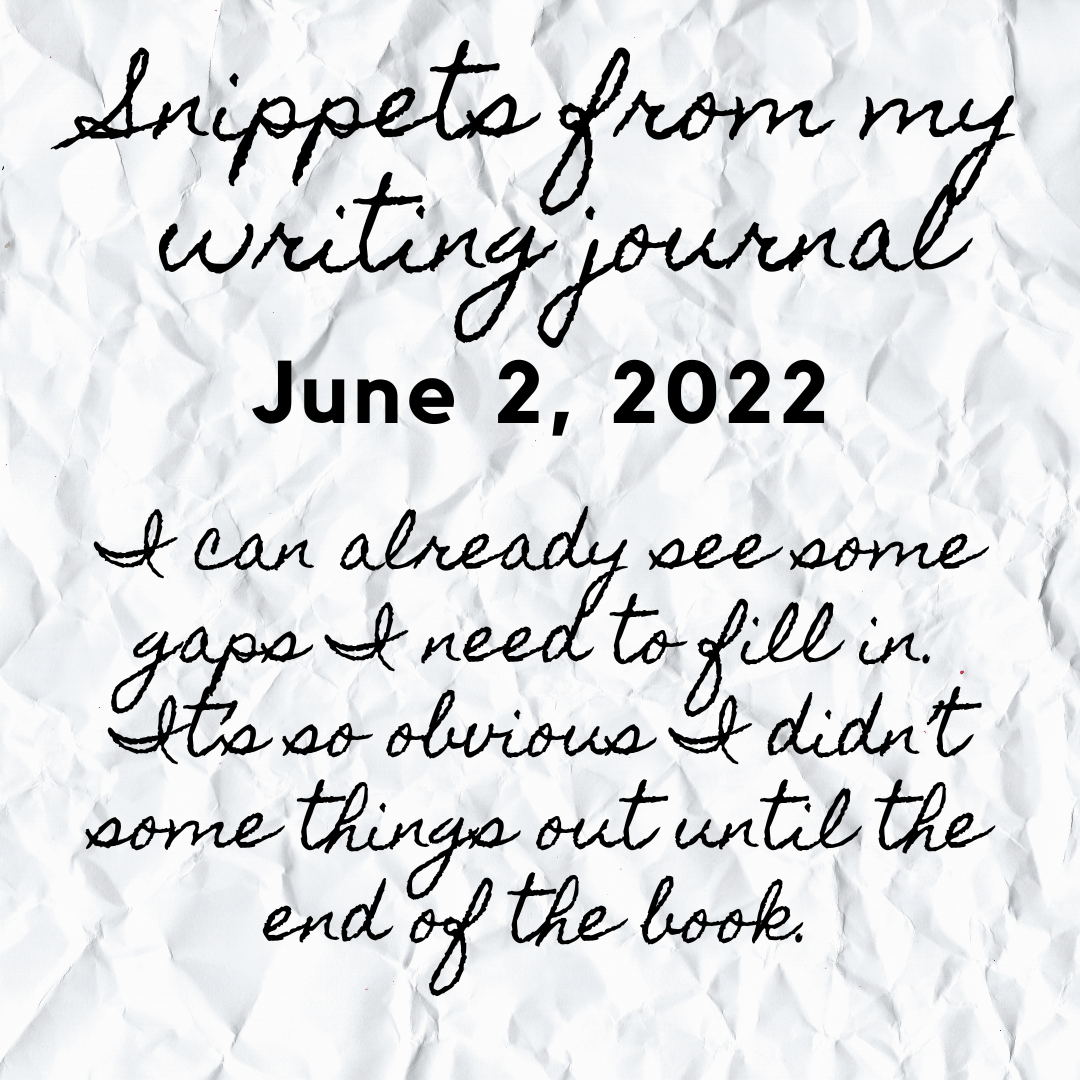
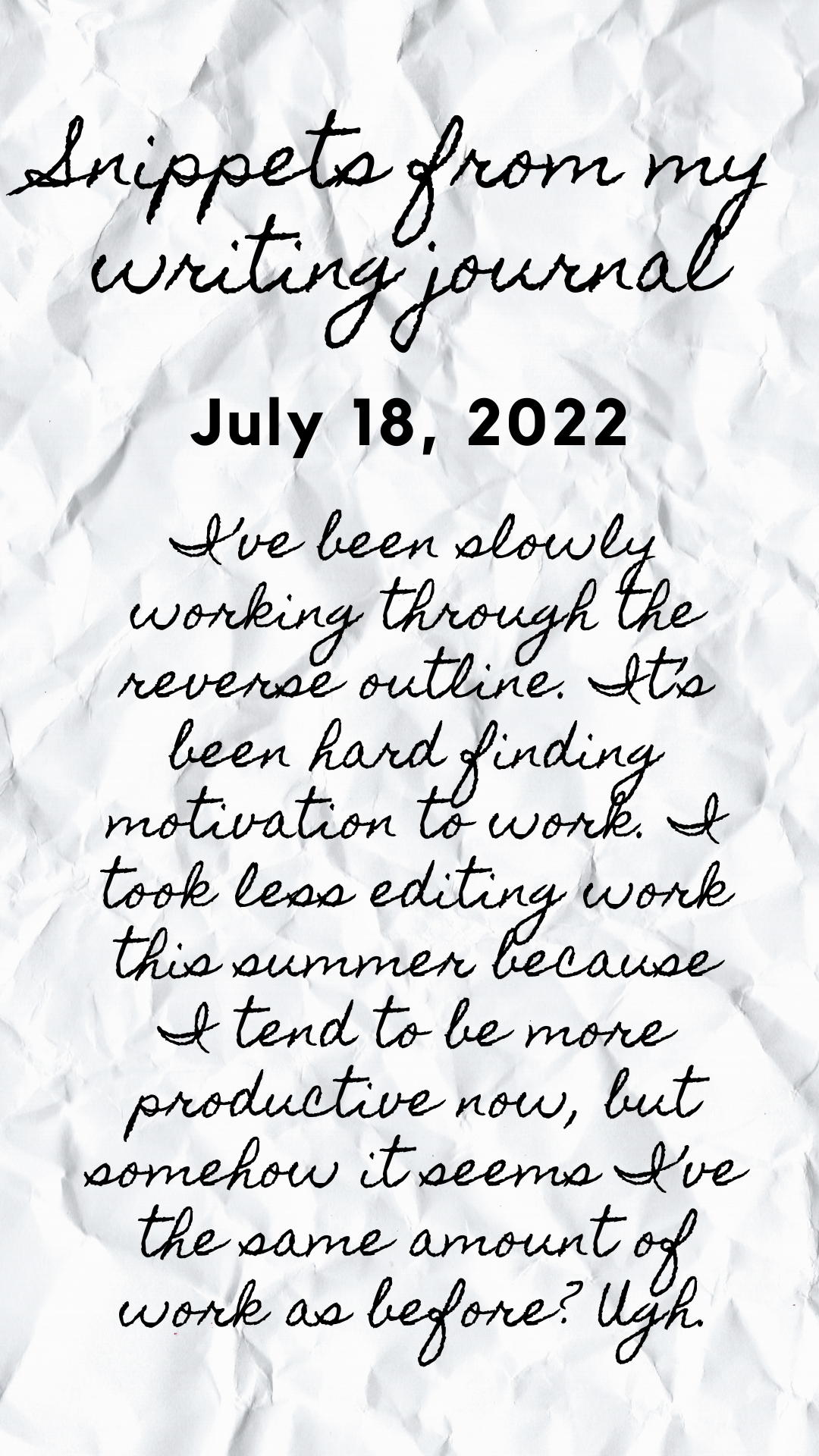
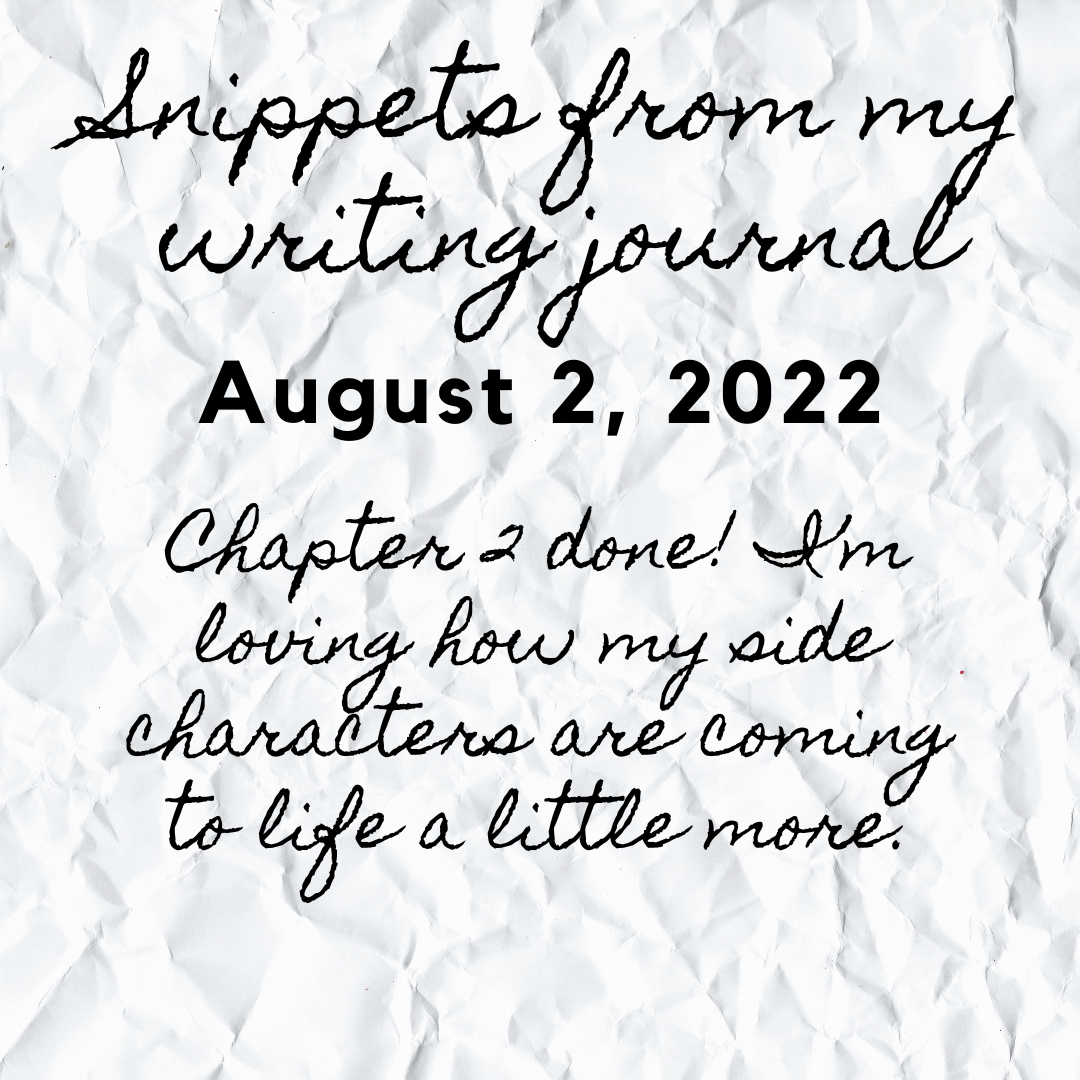
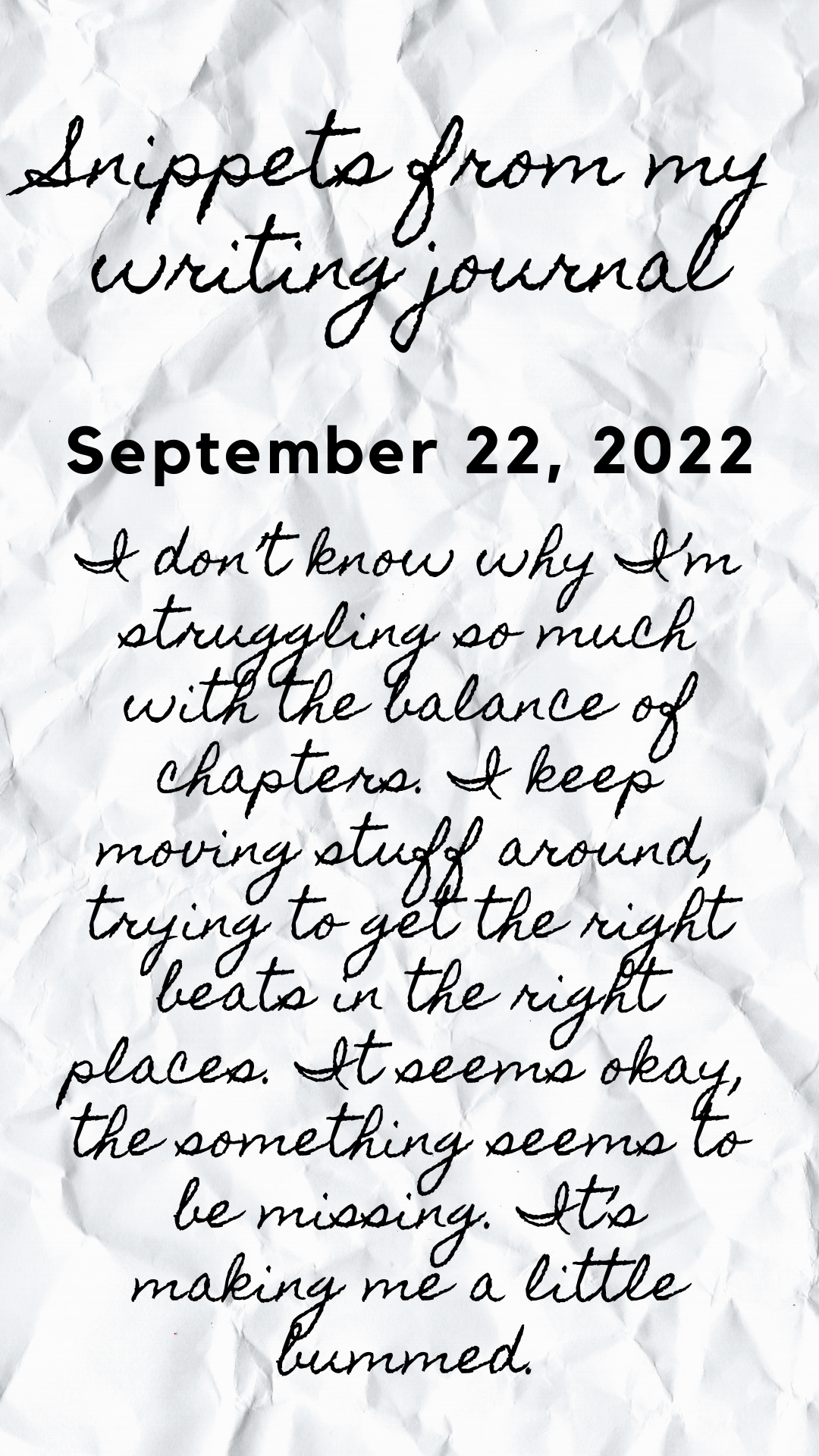
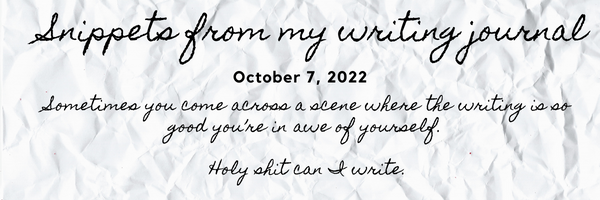
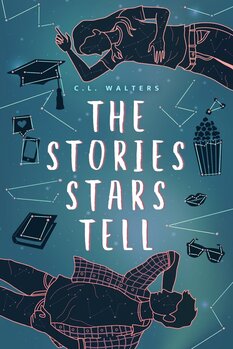

 RSS Feed
RSS Feed
